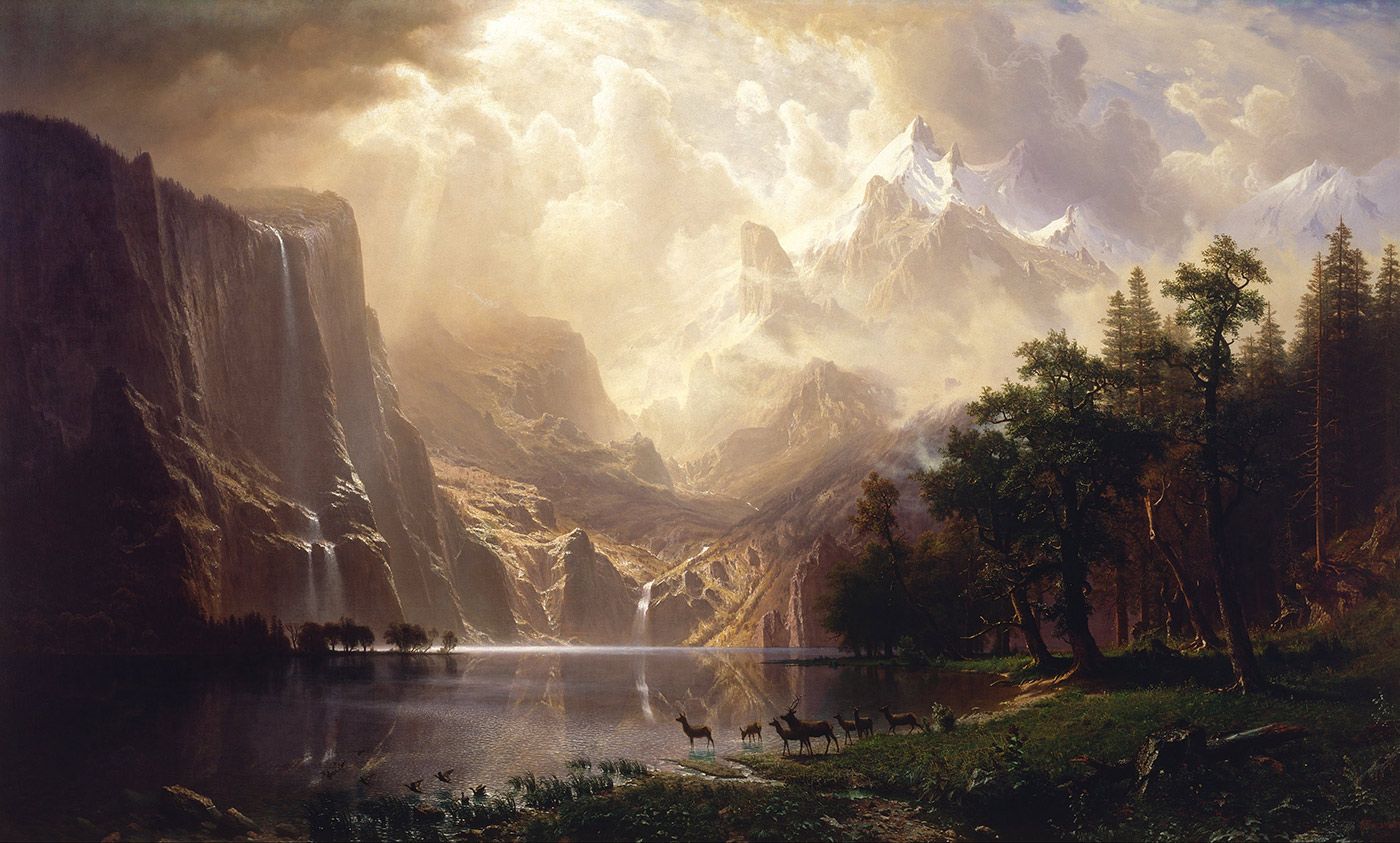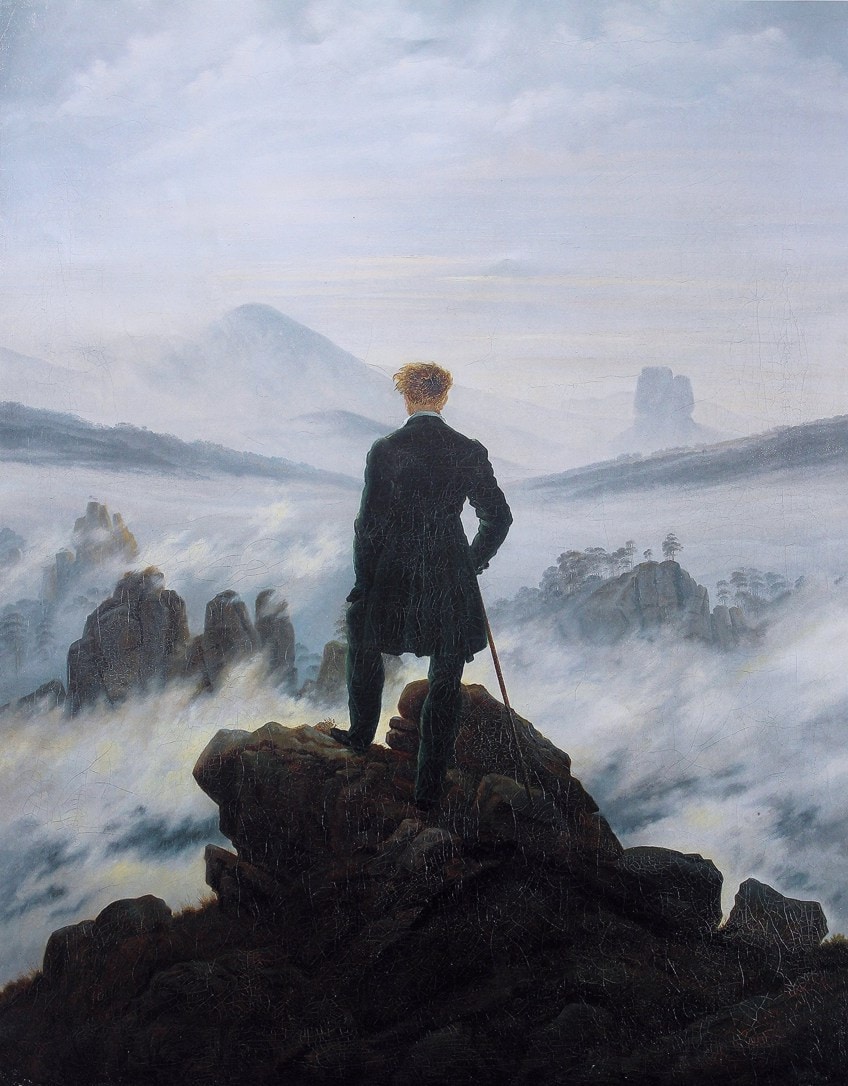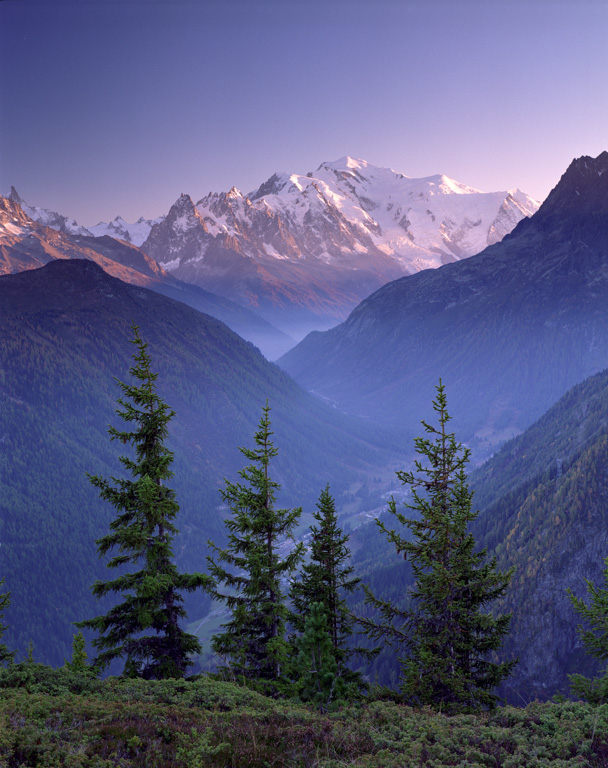Age of Enlightenment (approx. 1700-1800)
The Enlightenment was a philosophical and intellectual movement in the late 17th to 18th centuries which focused on the pursuit of knowledge through reason and science, as well as a separation from the church/religion in favour for science/reason. This lead to a steep rise in political revolutions throughout western societies. In terms of art, people began to become interested in classic Greek/Roman artworks which people used to create neo-classical art, depicted focus on classical antiquity.
Age of Romanticism (approx. 1800-1850)
Romanticism was a movement in art, music and literature in the late 18th to 19th centuries. Romanticists focused on the power and beauty of nature, as opposed to the industrial/scientific views brought about by the Age of Enlightenment. Romanticism emphasised emotion in its aesthetics, promoting emotions such as terror and awe by confronting the aesthetical category of the Sublime through its mediums.
The Sublime
Romanticists describe the sublime as the feeling of awe and terror when faced with the scale and power of nature. It’s aesthetics derive from an incalculable/unfathomable greatness in what it is depicting, while simultaneously depicting humans/the viewer as small and weak by comparison.

Moodboard of Romantic Landscape Photographs
Romanticism in Photography
Romanticism in photography focuses on nature and emotion, typically through landscapes, with the photographs evoking emotions such as awe and sometimes terror from the beauty and vastness the landscape offers. Some photographers may choose to slightly modify an image’s hue or contrast to give the image a more grandiose look, while not making the image look unrealistic.

Romanticism in Art
In art, romanticism again offers both feelings of terror and awe from the vast and beautiful landscapes it depicts, however artists have the freedom to exaggerate certain features within an artwork, such as great natural formations or powerful winds/tides, both seen typically looming over a considerably smaller human.








